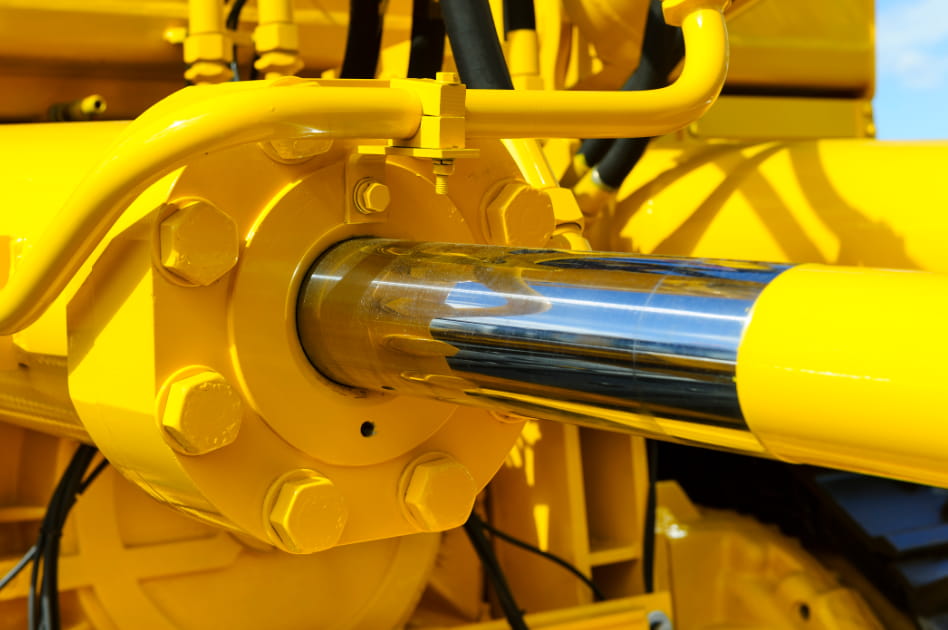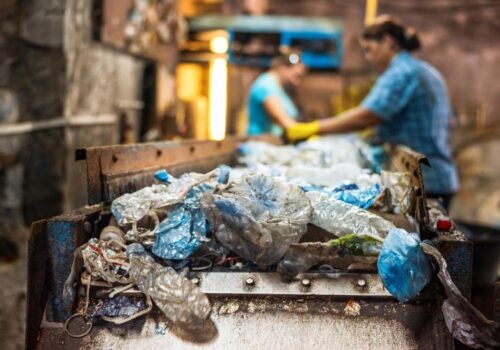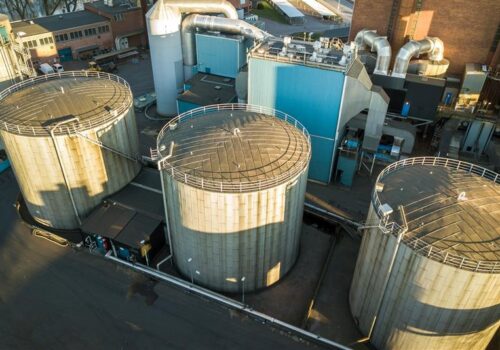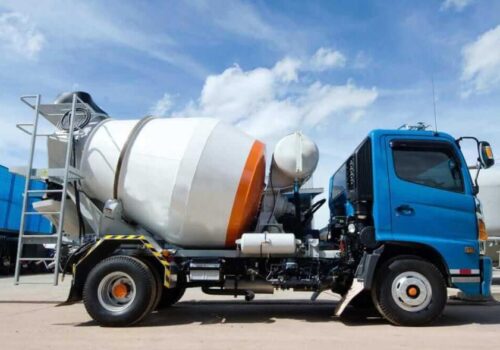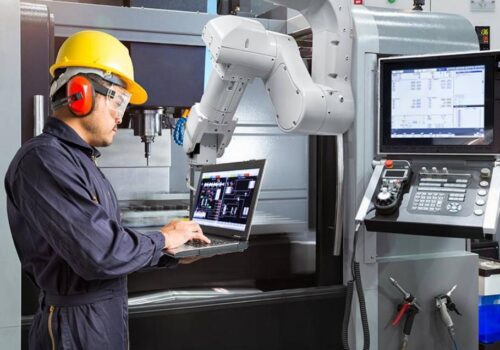How to Properly Maintain Hydraulic Equipment
Proper maintenance of hydraulic equipment is crucial for ensuring its longevity, performance, and safety. Hydraulic systems are vital components in various industries, from construction and manufacturing to aerospace and automotive sectors. When maintained correctly, they offer reliable and efficient operation, reducing downtime and costly repairs.
Understand the Importance of Regular Maintenance
Hydraulic systems operate under high pressure, which means any failure can lead to significant damage or even hazardous situations. Regular maintenance is essential to prevent wear and tear, identify potential issues early, and ensure the system functions as intended. Establishing a routine maintenance schedule is the first step towards extending the lifespan of your equipment and preventing unexpected breakdowns.
Check and Maintain Fluid Levels
One of the most critical aspects of maintaining hydraulic equipment is regularly checking and topping up hydraulic fluid levels. The hydraulic fluid is the lifeblood of the system, providing the necessary pressure to power the machinery. Low fluid levels can lead to increased wear on components, overheating, and eventually system failure.
Inspect for Leaks and Damage
Hydraulic systems rely on a network of hoses, seals, and fittings to contain and direct the pressurised fluid. Regularly inspect these components for signs of wear, cracks, or leaks. Even a small leak can reduce system efficiency and lead to significant problems if left unchecked. Pay close attention to seals and gaskets, as these are common points of failure. Replace any damaged or worn parts immediately to avoid further issues.
Monitor System Performance
Keeping an eye on the overall performance of your hydraulic equipment is vital for early detection of potential problems. Monitor factors such as operating pressure, temperature, and fluid quality. Sudden drops in pressure or increases in temperature can indicate underlying issues that need immediate attention. Installing sensors and gauges can help you track these parameters in real-time, allowing for prompt action when something is amiss.
Keep the System Clean
Contamination is one of the leading causes of hydraulic system failure. Dirt, debris, and moisture can enter the system and cause significant damage to sensitive components. Regularly change filters and clean the reservoir to minimise the risk of contamination. Ensure that any maintenance is carried out in a clean environment to prevent introducing contaminants into the system.
Maintaining hydraulic equipment properly is essential for ensuring its efficiency, safety, and longevity. By following these guidelines—regular maintenance, checking fluid levels, inspecting for leaks, monitoring performance, and keeping the system clean—you can avoid costly repairs and extend the life of your hydraulic systems.

